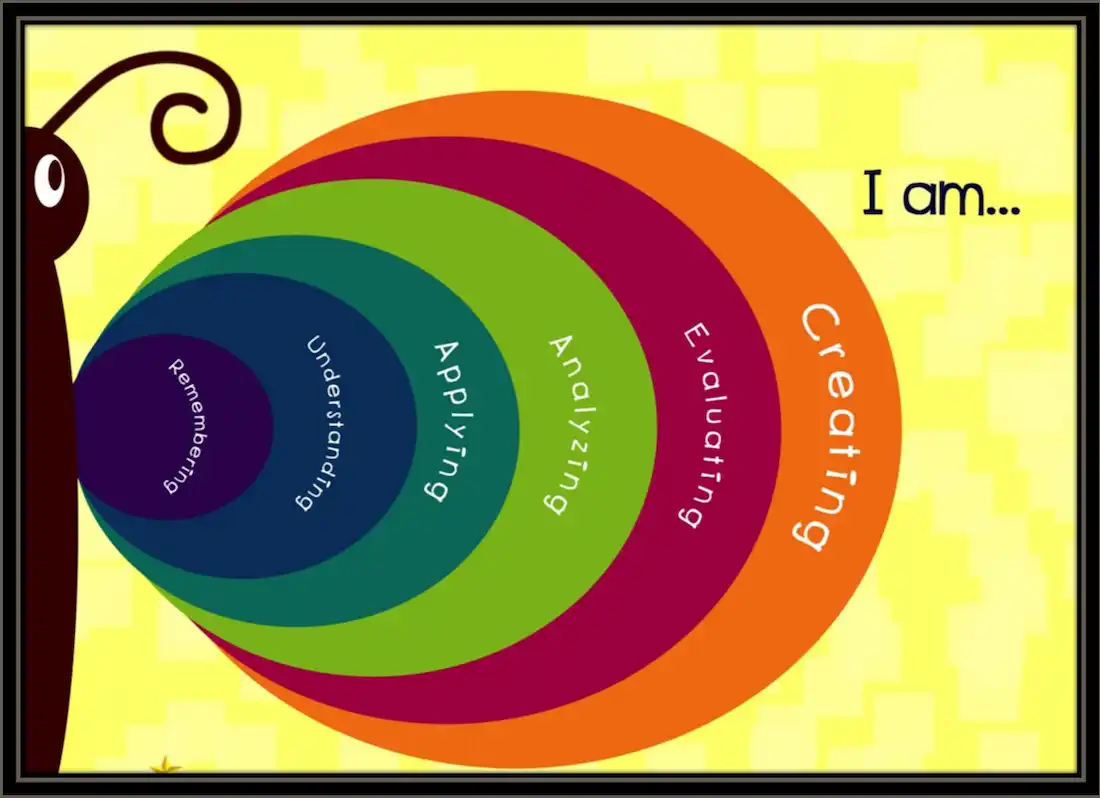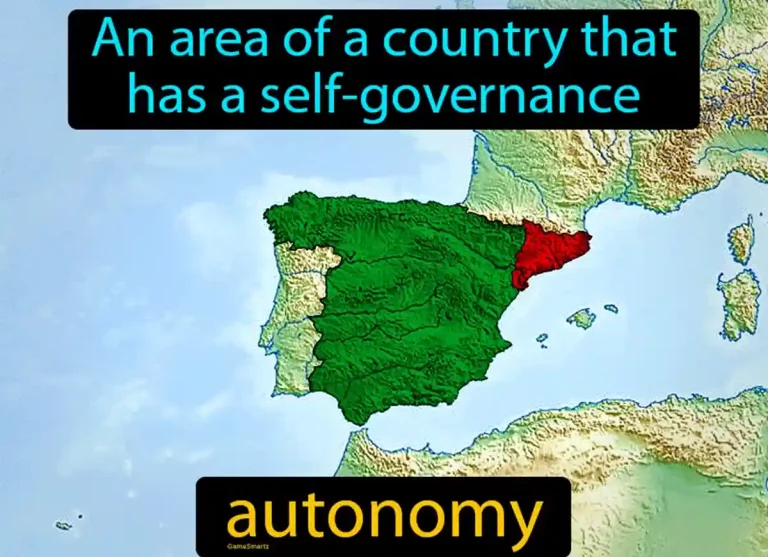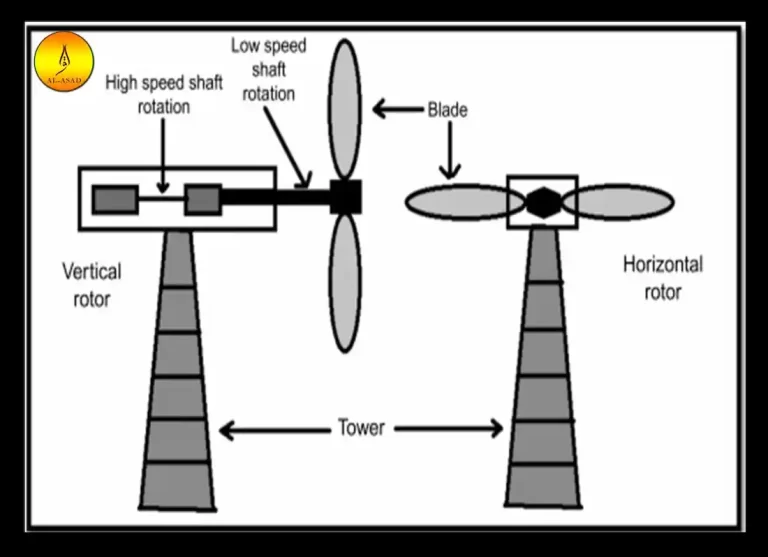- Bloom’s Taxonomy Wheel – Bloom’s Taxonomy Verb Wheel is an illustration that Bloom’s Taxonomy. In the domain of cognition, each stage is characterized by its own set of words and actions. These six levels are illustrated by this illustration, and the verbs associated with them
- The diagram also shows the numerous activities kids engage in, which are related to the level at which they are. It assists teachers in addressing problems in a manner that the students “climb the staircase” of Bloom’s Taxonomy and then grasp the subject making use of certain words and activities.
- The graph shows the six dimensions of learning: Recalling, Understanding the process, Applying, Analyzing Assessing, and Creating, in conjunction with a short explanation of the process and the verbs teachers could use in order to help students think about these levels. Bloom’s Taxonomy can be located in the four categories of knowledge: Factual Knowledge of the terminology and details, Conceptual Knowledge of connections between pieces of concepts or theories procedural Knowledge of procedures and methods of theories and solutions as well as metacognitive Knowledge of strategies for learning and methods.
- This chart starts with facts and knowledge and recall and grows up in sophistication as it progresses clockwise. A thorough class requires students to use different kinds of knowledge and develop abilities in the cognitive realm.
Suggested Read: The Islamic World by Ladan Akbarnia, Nahj al-Balagha by Imam Ali Ibn Abi Taleb, Lost Islamic History by Firas Alkhateeb, Stranger The History by Aatish Taseer, Prophet Muhammad (PBUH) by Abu Moosa Reza, Islamic Art by Luca Mozzati and Islamic History For Kids: Story of Uhud

Some examples of how you can integrate Bloom’s taxonomy into your classes are:
1. Creating Course Learning Objectives
Bloom’s Taxonomy Wheel – In education, learning goals are short statements that outline what students should expect to master at the end of a course or unit or class period. Instructors can benefit from having a framework to formulate and define the learning objectives they set for themselves as well as for their students. An organized learning objective aids instructors in planning and delivering the right instruction, create effective assessment strategies and tasks as well as ensure that the instruction and assessments are aligned to the learning objectives.
For instance, the learning objectives in Bloom’s revised taxonomy might be built in the manner follows.Students must be able to:
- Display previously learned information by recollecting terms, facts and fundamental concepts.
- Develop a clear the ability to comprehend facts and ideas through organizing, discussing, and interpreting and describing the most important ideas.
- Resolve problems using skills, knowledge, facts and principles in a new method.
- Analyze and break down information into pieces by identifying the motives or causes while making inferences and locating evidence that supports generalizations.
- Create information in a new way by combining elements into the form of a new pattern, or suggesting alternatives.
- Make and defend arguments in a way that makes judgments on the validity of ideas, information or the quality of work on a set criteria.
2. Asking Questions
The questions in class are varied from the most basic to ones which require more analysis. Questions can be classified in Bloom’s hierarchy of cognition capabilities. Here are a few examples of the types of questions that are asked in relation to this story Goldilocks as well as The Three Bears. Do you recall the story? The young girl Goldilocks goes to the house of mama, papa and baby bear. There, she sleeps on their beds, eats food and sits on their chairs.
Recalling The list below containsthe items that were used by Goldilocks during her time at the Bears house.
Understanding Understand: Discuss the reason Goldilocks loved Baby Bear’s chair. What was the most appealing part of it?
Application: Demonstrate what Goldilocks would do when she visited your home.
Analysis: Comparing this story with the real life. What are the events that could never take place?
Evaluation: Offer how the story could differ if it were Goldilocks as well as Three Fish. Three Fish.
Making: Judge whether Goldilocks was good or not. You can defend your opinion.
3: Constructing Test or Exam Questions
It is a blend of the two above aspects. If your course is structured around learning objectives and is designed using Bloom’s taxonomy as a guideline these objectives could be used to create tests and exam questions. This method will guarantee the alignment of instruction and assessment and also provide credibility to your assessment of your students’ knowledge and abilities.
Suggested Read : How Many Chapters in Quran? ,la ilaha illa anta subhanaka, Has The Quran Been Changed?, How Many Pages in Quran? , Allahumma Ajirni Minan Naar, Allahu Mahdina, Allahu Alam , Allah Yashfeek , Allah Subhanahu Wa Ta’ala









